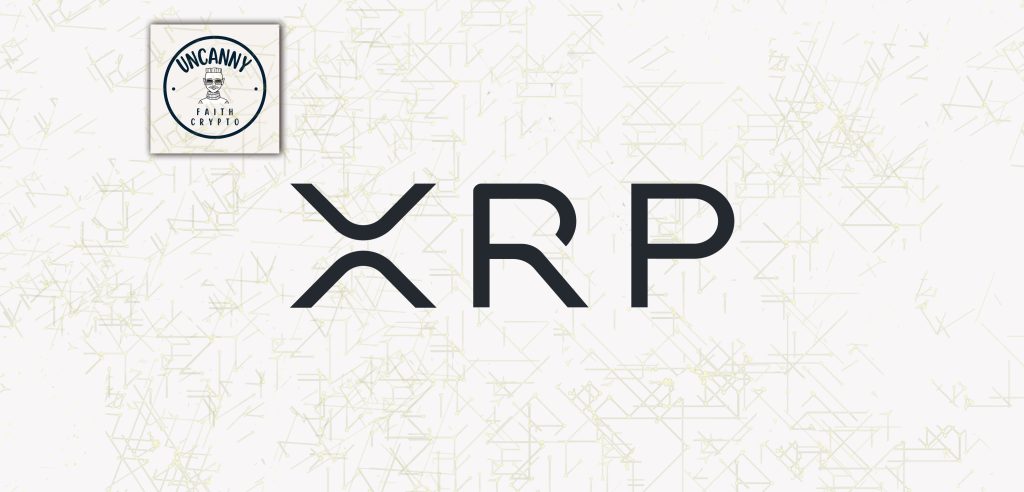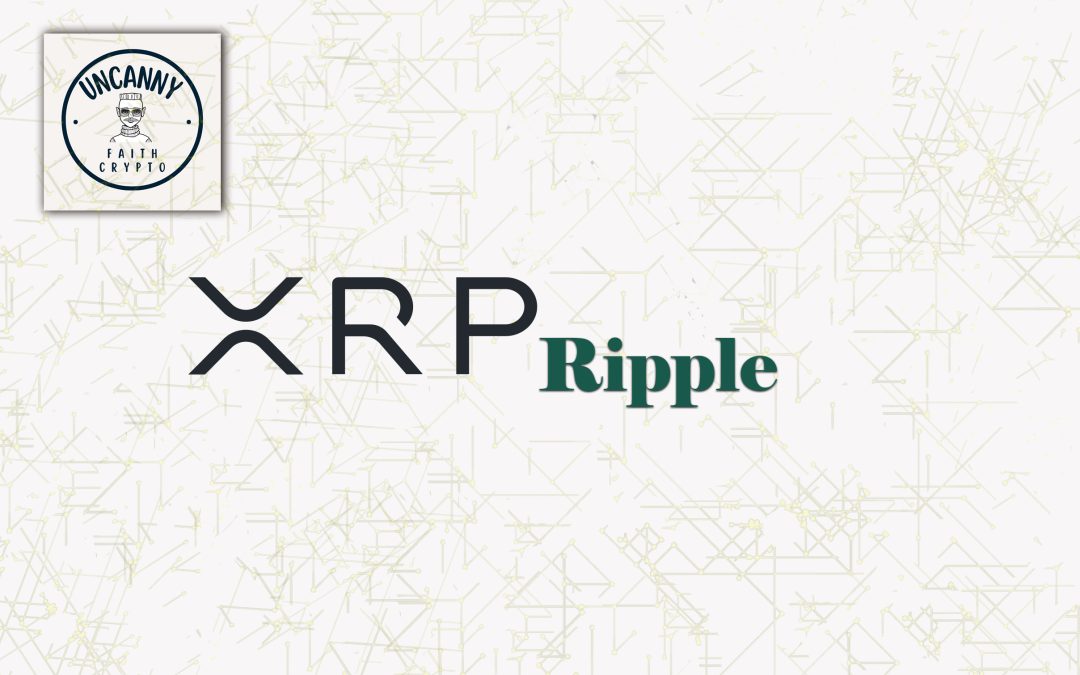Ripple is more than just a cryptocurrency; it is a disruptive technology that’s transforming the world of international finance. The digital payment protocol has emerged as a game-changer in cross-border transactions, offering an efficient, cost-effective alternative to traditional banking systems. With its lightning-fast transaction speeds and incredibly low fees, Ripple has quickly gained traction in the global financial industry. Let’s delve into the revolutionary world of Ripple and understand its profound impact on cross-border payments.
What is Ripple?
Ripple is not just a cryptocurrency, but a comprehensive digital payment protocol that operates on an open-source and peer-to-peer decentralised platform. This technology is capable of performing transactions across the globe without any intermediaries, creating a seamless experience for its users.
Ripple’s ecosystem is driven by its native cryptocurrency, XRP, which acts as a bridge currency to facilitate the transfer of money between different fiat currencies. This real-time gross settlement system was specifically designed to surpass traditional banking methods, offering quick, low-cost international transactions that can be settled in seconds.

Ripple, the company behind the protocol, was co-founded by Chris Larsen and Jed McCaleb in 2012 and has quickly risen to prominence within the global finance industry. Unlike Bitcoin and many other cryptocurrencies, Ripple and XRP were created with the financial sector in mind, aiming to revolutionise cross-border transactions and remittances by working with banks and financial institutions rather than against them.
Ripple’s Technology
At the heart of Ripple’s operations lies RippleNet, a network of institutional payment providers, such as banks and money services businesses, that use solutions developed by Ripple to enable frictionless money transfers globally. RippleNet is Ripple’s flagship technology, connecting diverse financial institutions worldwide and offering a unified infrastructure for financial operations.
RippleNet leverages distributed ledger technology (DLT), underpinning the seamless transfer of money. This technology fosters transparency, speed, and low-cost operations, bringing about an unprecedented revolution in the finance industry.
Notably, RippleNet utilises a consensus protocol, which ensures security and integrity in the network. It verifies and validates transactions without necessitating a central authority, hence reducing the need for intermediaries and the time required for transaction confirmation.
Another unique facet of RippleNet is the use of its native cryptocurrency, XRP. On RippleNet, XRP acts as a bridge currency to other currencies. It eliminates the need for any intermediary, thus enhancing the speed and reducing the cost of cross-border transactions.
How Ripple Works
Ripple’s operation stands out due to its efficiency and streamlined mechanism. Unlike traditional banking systems, where international transfers can take several days to process, transactions over RippleNet are settled within just three to five seconds.
The process begins when a user initiates a transaction in a particular currency. RippleNet’s technology then finds the most efficient route for the currency to reach the intended recipient. During this process, XRP serves as a bridge currency to facilitate the transaction.
Here’s an example: suppose you want to send money from the UK to Japan. If you use RippleNet, your British pounds are converted into XRP, and then the XRP is converted into Japanese yen. This entire process takes just a few seconds, and it doesn’t require a direct currency exchange from pounds to yen.
The transaction’s details are then recorded onto Ripple’s decentralised ledger, providing transparency and security. All parties involved can verify the transaction and the related information, eliminating the risk of fraud.
Notably, Ripple does not rely on proof-of-work (used by Bitcoin and other cryptocurrencies), which can be energy-intensive. Instead, it uses a consensus protocol for validating transactions, thereby achieving faster processing times without the need for significant computing resources.
Ripple’s Transformation of Cross-Border Payments
Cross-border transactions have always presented a variety of challenges for both businesses and individuals. These include the slow speed of transactions, high costs, lack of transparency, and accessibility issues. Ripple, however, is radically revolutionising this sphere with its unique approach.
Speed
One of Ripple’s most notable advantages is the speed of transactions. Traditional banking systems often take several days to process cross-border transactions, resulting in delays that can impact businesses and individuals alike. Ripple’s innovative technology, however, allows transactions to be processed in just seconds, significantly enhancing the efficiency of international payments.
Low Costs
Cross-border transactions can also be expensive due to the various fees imposed by intermediaries. Ripple dramatically reduces these costs, making international transactions more affordable. This is especially beneficial for businesses as lower transaction costs can help to maintain competitive profit margins.
Accessibility
Ripple’s decentralised nature means that it’s not confined to traditional banking hours or locations. Anyone, anywhere, can send and receive payments at any time. This feature can be particularly beneficial in regions that are underserved by traditional banks, fostering financial inclusivity.
Transparency
Ripple’s use of blockchain technology ensures that transactions are transparent and can be traced by all parties involved. This level of visibility can help to build trust, reduce fraud, and facilitate dispute resolution.
Ripple and the Financial Industry
Ripple’s transformational impact on cross-border transactions isn’t going unnoticed by the financial world. Its disruptive power has marked the beginning of a new era, triggering significant shifts within the industry.
Disrupting Traditional Banking
Traditionally, banks have played a central role in processing international transactions. However, the inefficiencies of the conventional system — high costs, slow speeds, and lack of transparency — have left room for disruption. Ripple is filling this gap, compelling banks and other financial institutions to reconsider their operating methods. Its cost-effective, efficient system pressures traditional institutions to adapt or risk being outpaced.
Enhancing FinTech Capabilities
As a leading player in the blockchain sphere, Ripple is at the forefront of financial technology (FinTech) advancements. Its technology provides a platform for other FinTech innovations, fostering an environment of constant evolution and growth. Ripple’s impact on FinTech is ushering in a new era of smarter, faster, and more efficient financial services.
Future of Ripple
While Ripple has already made significant strides in revolutionising cross-border transactions, the journey is far from over. The future holds promising opportunities, along with significant challenges.
Expansion Potential
As the global financial sector continues to evolve, Ripple’s innovative technology has the potential for even greater adoption. Its current partnerships with over 300 financial institutions globally set the stage for further growth. As more organisations recognise the benefits of faster, cheaper, and more transparent transactions, Ripple is poised to continue its upward trajectory.
Challenges and Hurdles
Despite Ripple’s promising outlook, challenges lie ahead. Cryptocurrency and blockchain technology are still relatively new, and regulatory uncertainties remain a major hurdle. The future of Ripple, like many other cryptocurrencies, depends largely on how global regulatory frameworks evolve.
Moreover, Ripple also faces competition from other cryptocurrencies and financial technologies. As the space continues to evolve rapidly, maintaining a competitive edge will be crucial for Ripple’s sustained growth.
Conclusion
Ripple’s impact on cross-border payments is undeniable. With its innovative technology, Ripple has brought speed, efficiency, and cost-effectiveness to international transactions, challenging the traditional banking system. By leveraging blockchain and distributed ledger technology, Ripple has created a seamless, secure, and transparent network through RippleNet.
The transformation Ripple has brought to the financial industry is remarkable. It has disrupted traditional banking methods, compelling institutions to adapt to the changing landscape or risk falling behind. Ripple’s presence has also enhanced the capabilities of financial technology (FinTech), opening doors for further advancements and innovation.
Looking ahead, Ripple’s future seems promising. With a growing network of global partnerships and a track record of success, Ripple has the potential to expand its reach and impact. However, challenges remain, particularly in navigating regulatory frameworks and staying ahead of competitors in the rapidly evolving cryptocurrency space.
As the financial industry continues to evolve, Ripple will play a significant role in shaping the future of cross-border payments. Its commitment to speed, cost-effectiveness, and accessibility positions it as a transformative force that can drive financial inclusion and redefine the way we conduct international transactions.
Frequently Asked Questions (FAQs)
1. What is Ripple’s main purpose?
Ripple aims to revolutionize cross-border payments by providing a faster, more cost-effective, and transparent alternative to traditional banking systems. It seeks to eliminate the inefficiencies and high costs associated with international transactions.
2. How does Ripple differ from other cryptocurrencies like Bitcoin?
While Bitcoin and many other cryptocurrencies serve primarily as digital currencies, Ripple functions as a digital payment protocol. Ripple’s focus is on facilitating fast and low-cost cross-border transactions, particularly in the financial industry.
3. What is RippleNet?
RippleNet is the network of financial institutions, payment providers, and banks that utilize Ripple’s technology to facilitate seamless cross-border transactions. It serves as the infrastructure for connecting participants and enabling the transfer of funds.
4. How does Ripple ensure the speed of transactions?
Ripple achieves rapid transaction speeds by utilizing its consensus protocol, which eliminates the need for extensive computational work. The protocol allows for quick and efficient validation of transactions, enabling settlement in just a matter of seconds.
5. Is Ripple only for banks and financial institutions?
No, Ripple’s technology is not limited to banks and financial institutions. While these institutions form a significant portion of Ripple’s user base, Ripple’s solutions are accessible to anyone who wants to send or receive cross-border payments quickly and affordably.
6. How does Ripple address security concerns?
Ripple employs distributed ledger technology (DLT), which ensures that transactions are recorded securely and transparently on the blockchain. Additionally, Ripple’s consensus protocol guarantees the integrity and validity of transactions without the need for a central authority.
7. What role does XRP play in Ripple’s ecosystem?
XRP is Ripple’s native cryptocurrency and serves as a bridge currency within RippleNet. It facilitates the quick conversion of different fiat currencies, eliminating the need for multiple intermediaries in cross-border transactions.
8. Can Ripple be used for micropayments?
Yes, Ripple’s technology is well-suited for micropayments due to its low transaction fees and fast settlement times. It enables cost-effective and efficient transfers of even small amounts of value across borders.
9. How does Ripple handle regulatory compliance?
Ripple works closely with regulatory bodies and aims to comply with applicable regulations. The company advocates for clear regulatory frameworks to provide certainty and promote the adoption of blockchain and digital assets within established legal boundaries.

